Home » Best Sabong Breeds
Gamefowl breeders aim to create the best sabong for cockfighting by focusing on birds with exceptional fighting traits. They develop bloodlines that excel in combat through careful breeding. For instance, breeders select and crossbreed birds with top fighting breeds, enhancing desirable traits. By adopting this approach, they ensure that the resulting gamefowl have the qualities needed for success in the arena. Consequently, proper care and strategic crossbreeding significantly contribute to producing outstanding gamefowl ready to compete at the highest levels.
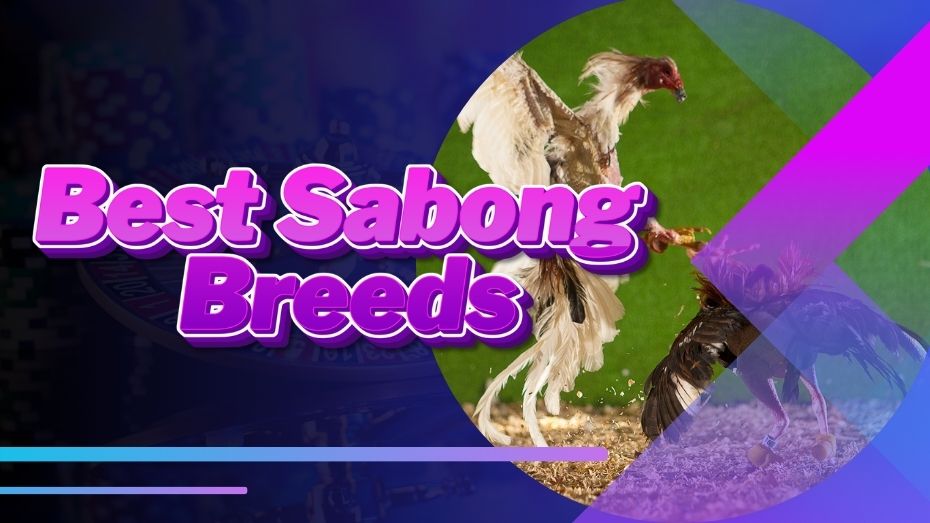
Breeders dedicated to success in tournaments and cockfighting events invest significant time and resources in developing superior gamefowl breeds and bloodlines. They start with extensive trial and error, using successful roosters as brood cocks and their mothers as brood hens. By systematically applying generations of inbreeding, linebreeding, and crossbreeding, they refine and establish breeds that now dominate today’s cockpits. As a result, their dedication and strategic methods have created some of the most distinguished sabong breeds in the Philippines.
The Kelso, a variation of the American Gamefowl, emerged from crossing Madigin hens with various roosters. The breeders focused on selecting roosters based on their match victories rather than specific breeds or bloodlines. Walter Kelso aimed to produce offspring that excelled in cockfights and to establish a new breed. Consequently, this approach developed the Kelso gamefowl, which has gained recognition for its fighting prowess and versatility.
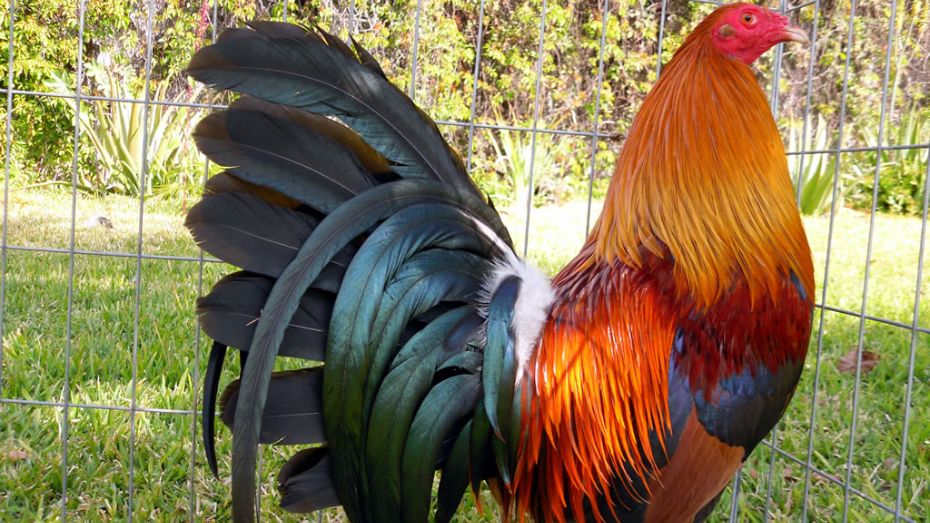
Kelso succeeded in creating the Kelso gamefowl, which quickly became popular as both a standalone gamecock and a foundation for new bloodlines. Over the years, breeders have crossed Kelso gamefowl with breeds like Sweaters, Roundheads, Lemons, and Radios to develop diverse lines. As a result, the Kelso breed is highly regarded for its striking tail feathers, vibrant colors, and sleek head. Additionally, its exceptional abilities to side-step and grapple with other birds further enhance its reputation in the cockfighting world.
The Asil stands out as a popular breed in the Philippines and circulates widely among breeders across the country. Native to Pakistan and India, Asils are known for their natural fighting abilities, whether as roosters, hens, or chicks. Today, breeders often use Asils to enhance and refine other sabong breeds, focusing on improving their bloodlines. The saying that the Asil is the only breed that enhances all other fighting rooster breeds highlights its exceptional influence and significant role in the sabong world.
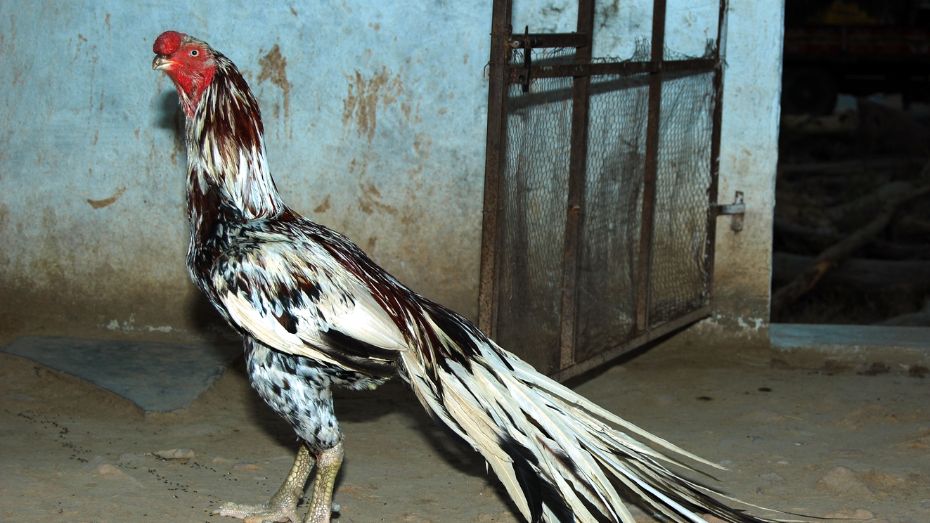
Asils, ancient birds, remain popular today for several compelling reasons. Many breeders use Asils to create new breeds and drive innovation in the sabong scene. While not all attempts succeed—such as the unsuccessful effort to create a heavyweight fighter by crossing a Red Asil with a Black Breasted Red Game, which led to the Cornish broiler chicken—breeders who cross Asils effectively have achieved success. These breeders have developed distinct bloodlines through successful Asil crossbreeding. Asils boast striking black and red plumage, broad shoulders, and yellow or white skin.
Hatches, an American fighting rooster breed, were created specifically to excel in cockfights. Popular in the US, this breed is gaining traction in the Philippines as well. Breeders often cross Hatches with Kelsos, Radios, and Sweaters to enhance their traits. Stanford Hatch developed this breed using Whitehackles, Brown Reds, and Kernis.
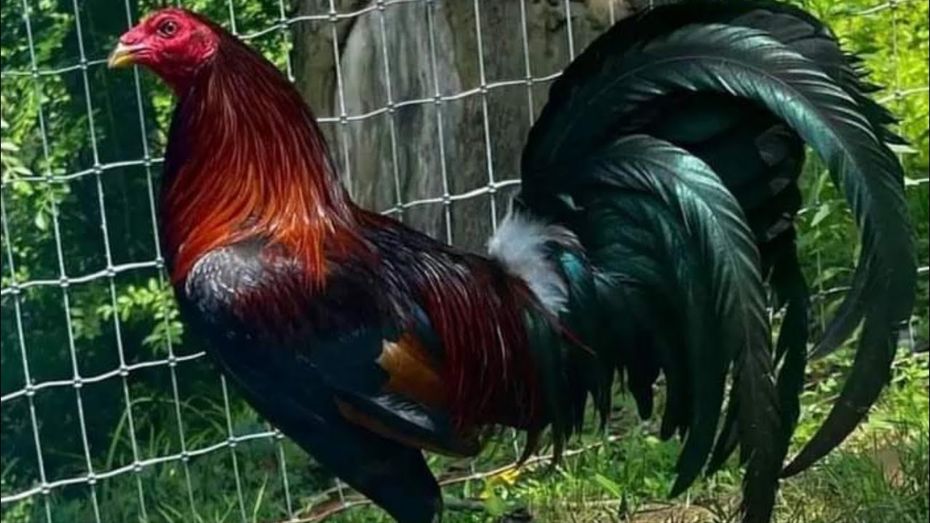
Today, breeders have created the most popular Hatches by developing their own unique breeds and bloodlines. Notable examples include the Leiper, Blueface, McLean, and Yellow Leg Hatches, which stand out for their popularity.
Standard Hatches boast diverse colors but share common traits: medium-sized bodies, curved backs, narrow chests, and featherless yellow or green legs.
Shamos, a Japanese gamefowl breed, have gained popularity in the Philippines. Breeders use Shamos to develop their own strains. Although Shamos are among the strongest breeds, pure Shamos are now rare. Consequently, most birds in cockpits are hybrids from other fighting breeds.
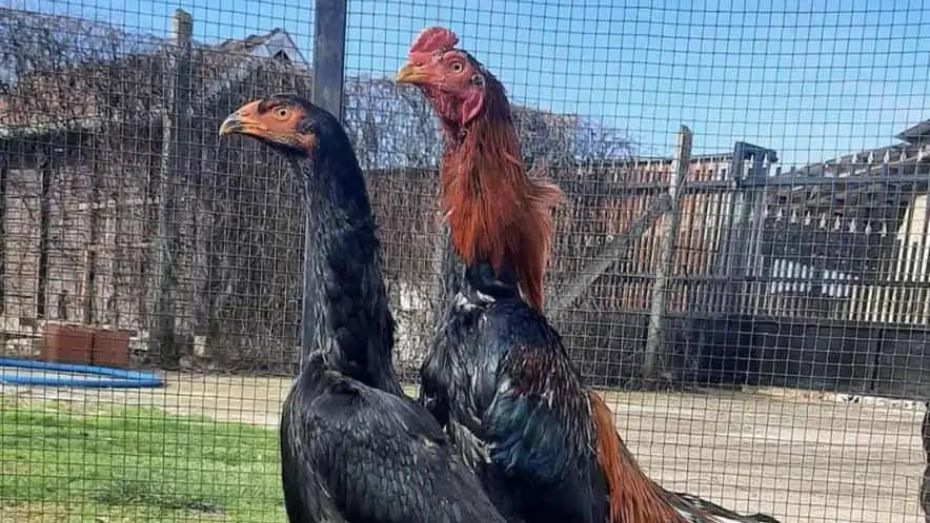
Today, many breeders use rare pure Shamos to develop their own breeds, emphasizing the breed’s exceptional stamina, sturdy legs, and accurate strikes. Most pure Shamos reside in Japan, where breeders highly value them.
Shamos stand out for their long necks, long legs, muscled thighs, broad chests, and thick feathers.
Sweaters are a popular gamefowl breed seen widely in Philippine and Mexican cockpits, renowned for their success in numerous derby matches. Carol Nesmith developed this breed from previously underwhelming birds, transforming them into today’s prominent stars. Initially, these birds had poor stamina and limited chances in cockfights. However, careful breeding greatly improved their performance.
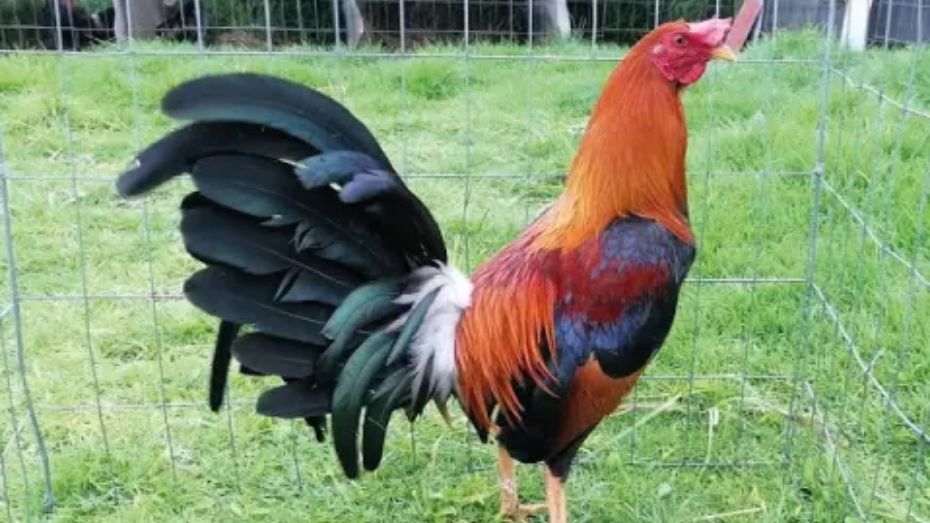
Today’s Sweaters incorporate Hatches in their bloodlines, resulting in some displaying green legs, a characteristic of Hatches. Additionally, Sonny Ware’s Sweaters now feature Radios, which give them a distinctive pumpkin color.
Dolan Owens developed a unique bloodline from early Sweaters, creating birds that differ from Nesmith’s chickens. Currently, the most popular Sweaters are known for their vibrant orange-red to light red color. They also have yellow pea combs, yellow legs, and are famous for their fast, persistent attacks and unwavering determination.
These birds rank among the most popular in the Philippines today, though they aren’t the only successful ones in the cockpits. While playing at WJPeso and DS88, watch for these birds; you might win big in the cockpits.
WJPeso has swiftly established itself as a powerhouse in the online gaming sphere in the Philippines offering exciting bonuses. Captivating players with its comprehensive selection of casino games, user-friendly interface, and lucrative bonuses. Boasting a diverse array of gaming options, including classic favorites like slots, roulette, blackjack, and poker, WJPeso caters to the varied preferences of Filipino players, ensuring there’s something for everyone.